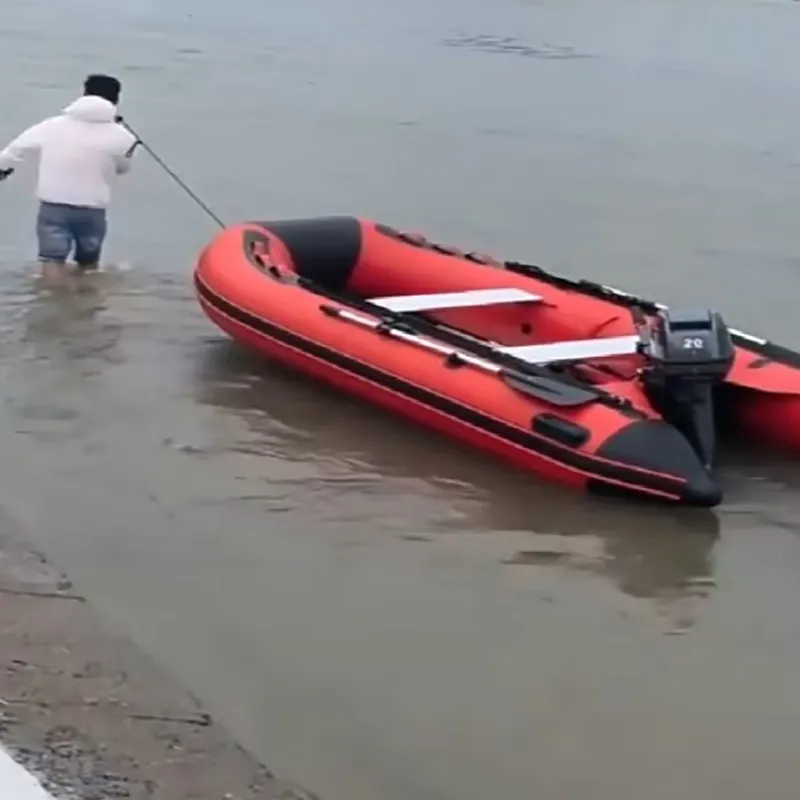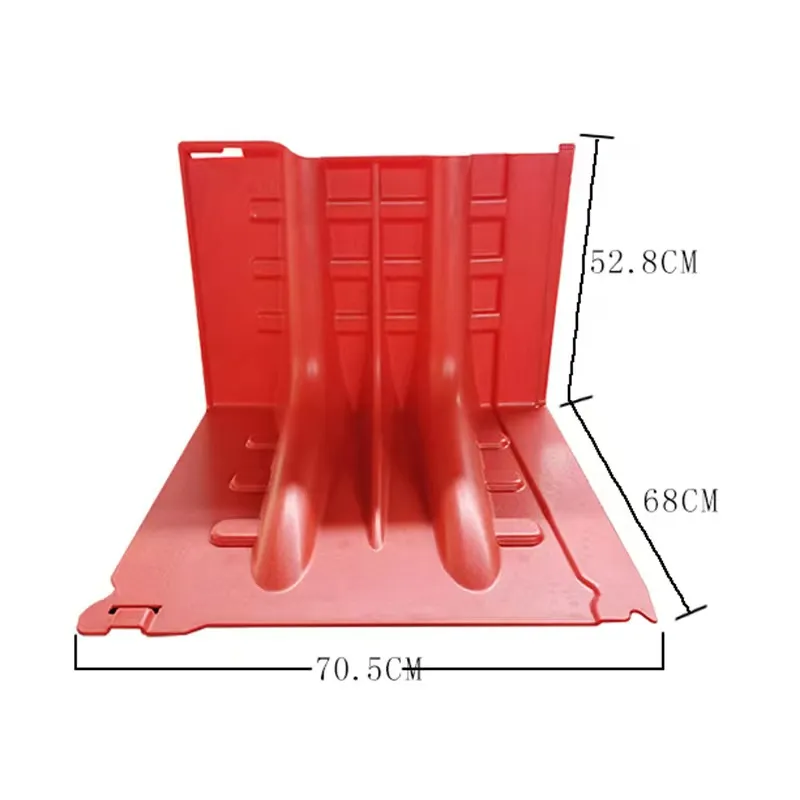

Actual field experience highlights the value of training personnel in recognizing the early signs of water hammer and implementing immediate countermeasures. Firefighters equipped with this knowledge can take swift action—such as gradually opening or closing valves—to prevent escalating damage during actual firefighting scenarios. Furthermore, integrating this training into routine drills enhances preparedness and reinforces best practices. Trust in firefighting operations is paramount, especially given the life-and-death stakes involved. Public confidence is bolstered when fire departments can demonstrate adept handling of complex hydraulic challenges like water hammer. Transparency in how these challenges are managed, including corrective measures and ongoing education, enhances trustworthiness and community support. Finally, embracing technological innovations is a proactive approach to combating water hammer issues. Advances in sensor technologies and real-time monitoring systems now offer the ability to detect pressure surges before they escalate into serious problems. These systems provide continuous feedback, enabling faster responses and more comprehensive data for post-incident analysis, ultimately paving the way for more refined and effective operational strategies. In conclusion, while water hammer presents a formidable challenge in firefighting, it also offers an opportunity for fire departments to demonstrate their expertise and commitment to safety. By employing a multifaceted approach that includes technology, professional engineering insights, and rigorous training, fire departments can not only safeguard their equipment but also enhance their readiness to serve and protect communities effectively. As the field of firefighting continues to evolve, so too must the strategies to mitigate water hammer, ensuring resilience and reliability in the face of modern challenges.





























